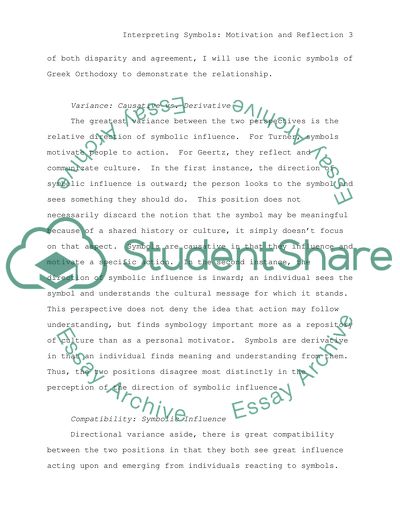Cite this document
(“Interpreting Symbols Book Report/Review Example | Topics and Well Written Essays - 1500 words”, n.d.)
Interpreting Symbols Book Report/Review Example | Topics and Well Written Essays - 1500 words. Retrieved from https://studentshare.org/philosophy/1500038-interpreting-symbols
Interpreting Symbols Book Report/Review Example | Topics and Well Written Essays - 1500 words. Retrieved from https://studentshare.org/philosophy/1500038-interpreting-symbols
(Interpreting Symbols Book Report/Review Example | Topics and Well Written Essays - 1500 Words)
Interpreting Symbols Book Report/Review Example | Topics and Well Written Essays - 1500 Words. https://studentshare.org/philosophy/1500038-interpreting-symbols.
Interpreting Symbols Book Report/Review Example | Topics and Well Written Essays - 1500 Words. https://studentshare.org/philosophy/1500038-interpreting-symbols.
“Interpreting Symbols Book Report/Review Example | Topics and Well Written Essays - 1500 Words”, n.d. https://studentshare.org/philosophy/1500038-interpreting-symbols.


